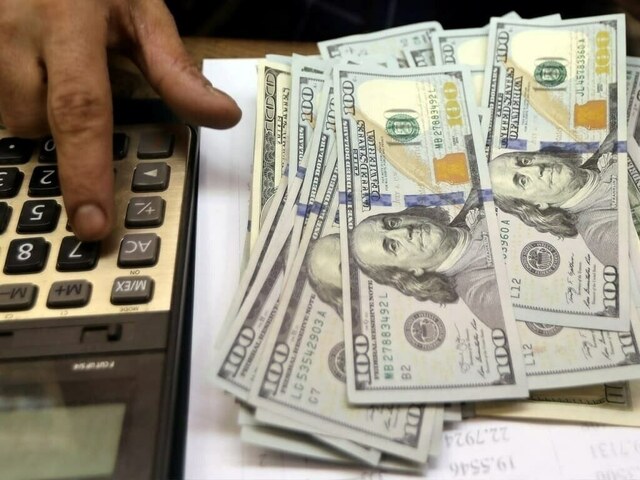
EDITORIAL: The government raised 515.2 billion rupees — 402.7 billion rupees through direct auction and 112.5 billion rupees via uncompetitive bids — against expectations of 400 billion rupees, thereby surpassing the target by 91 billion rupees.
The T-bills were for the short-term; notably, one month, 3 months, six months and one year.
Data has only been shared of the total T-bills secured for one month, 41 percent or a total of 574.864 billion rupees out of the overall bids of 1.414 trillion rupees received.
Preference for one-month was no doubt indicative of concerns of an imminent reduction in the discount rate by the Monetary Policy Committee (MPC), fuelled by statements by the Minister for Finance Muhammad Aurangzeb in parliamentary committee meetings that a further decline in the discount rate was anticipated — a claim that led him to reduce the 2025-26 budgeted amount under mark-up on domestic debt to 7,195.3 billion rupees against the revised estimates of 7,906.7 billion rupees for 2024-25.
Borrowing from domestic banks as per the budget documents is 3,436 billion rupees for the entire year and the current auction amounts to 15 percent of the total budget. This constitutes the fourth time T-bills were offered in the current fiscal year as per the State Bank of Pakistan website — on 23 July, 6 August and 20 August.
T-bills have economic implications: (i) they are used for funding current expenditure with obvious implications on the rate of inflation as current expenditure does not fuel growth.
The budget for current fiscal year envisages 93 percent allocation on current expenditure; (ii) 19 percent of the total budgeted outlay is to be secured from T-bills, sukuk and Pakistan Investment Bonds (PIBs), whose rate of return is set by the rating agencies.
Needless to add, Pakistan’s rating remains well below the investment category. Non-bank borrowing from national savings centres and others are budgeted to account for 2,874 billion rupees or another 16 percent of the total budget. Thus a quarter of the budget is to be funded by domestic borrowing; and (iii) reliance by the government on domestic borrowing is, amongst other factors, responsible for the decline in private sector credit.
The August Update uploaded on the Finance Division website indicates that private sector credit flows were negative 232.6 million rupees 1 July to 15 August 2025 against negative 317.3 million rupees in the comparable period of 2024. For a government that claims that it supports a private sector-led growth this statistic must be very disturbing.
The key question today is whether the discount rate will decline in months to come as projected by the Finance Minister in June this year.
At the time Aurangzeb made this projection the floods had not devastated huge swathes of the country’s farm land, the abode of hundreds of thousands, infrastructure as well as livestock fatalities — a situation that has led many independent economists to downgrade the budgeted growth rate of 4.2 percent to under one percent. This, in turn, will have implications on the MPC’s capacity to reduce the discount rate further with its concomitant impact on fuelling inflation.
The linkage of inflation with the discount rate is an International Monetary Fund (IMF) condition and it is fairly evident that Fund’s approval is required for reducing the discount rate; therefore, the MPC’s capacity to tweak it is rather limited.
It is now increasingly clear that the possibility of a decline in the discount rate would have to be deferred till such a time as the government is able to grapple with the narrower available fiscal space due to the floods.
Within this scenario the discount rate decline by the end of the calendar year may not be possible that may lead to a higher rate charged on bank borrowings in future with negative implications on the budget deficit.
Copyright Business Recorder, 2025



